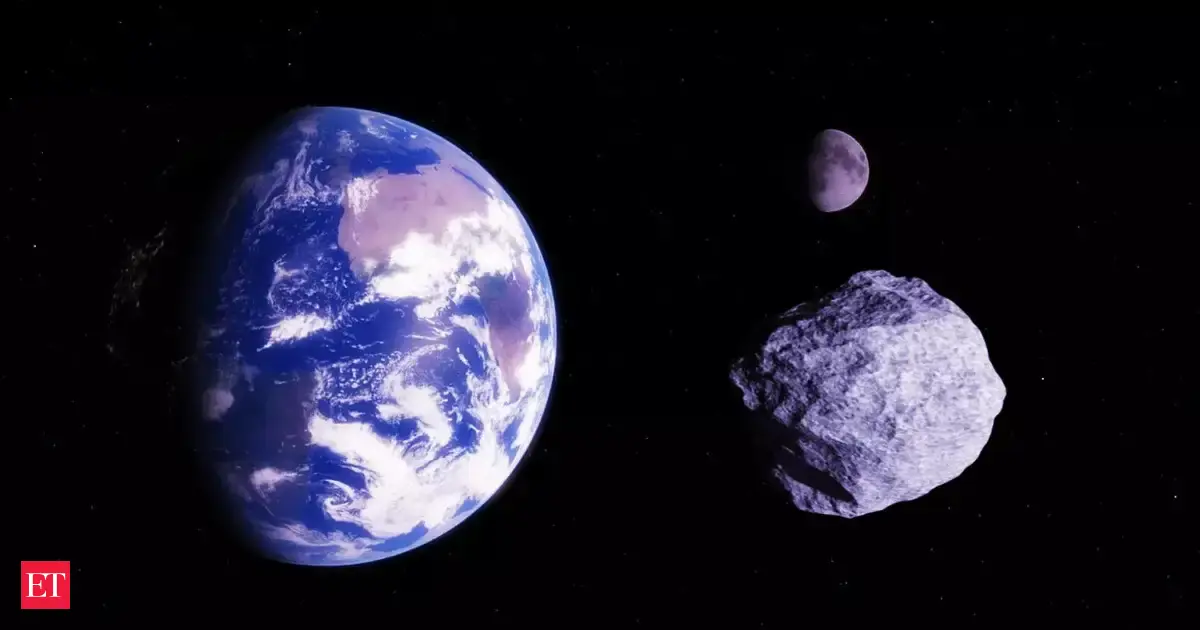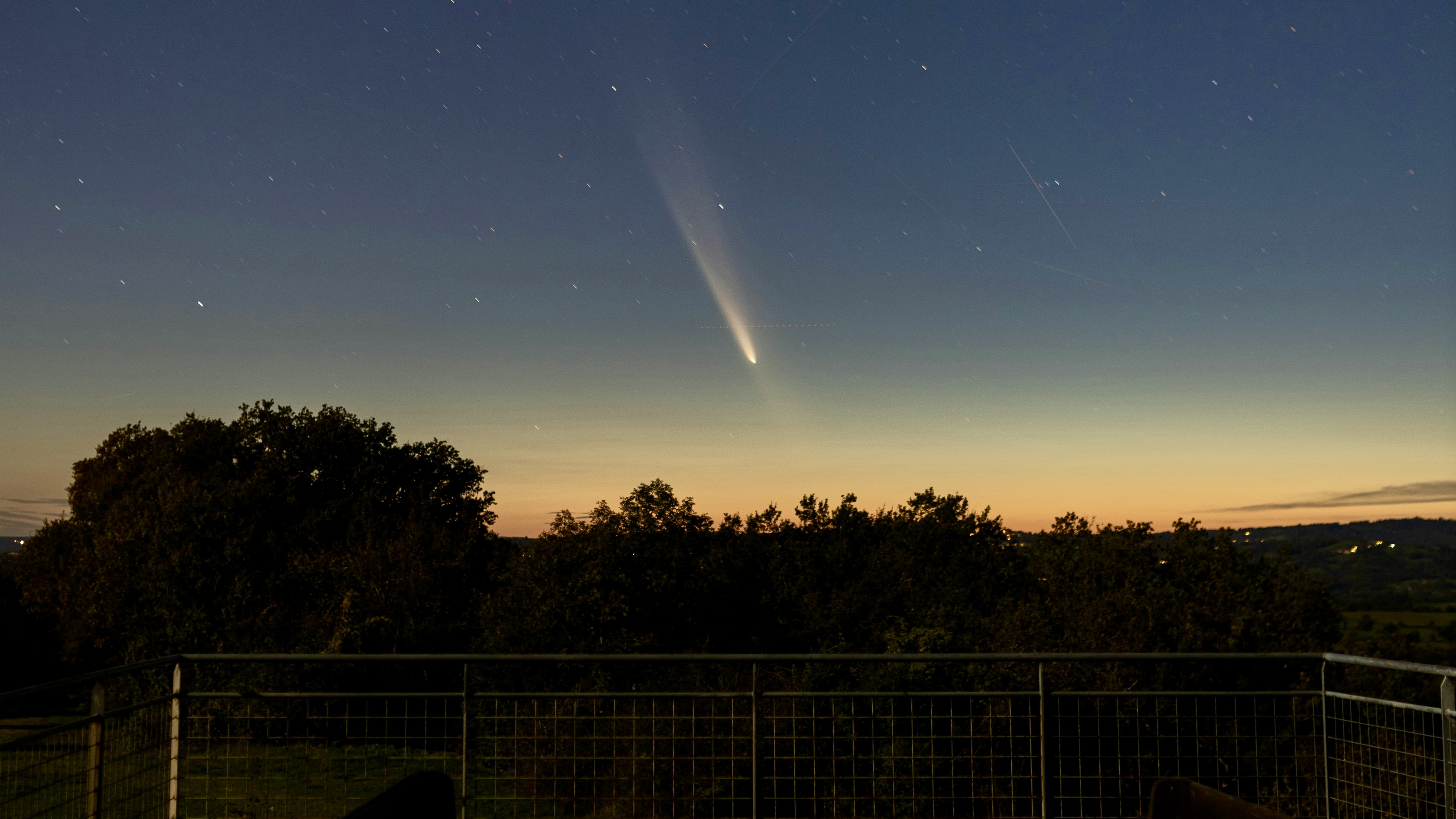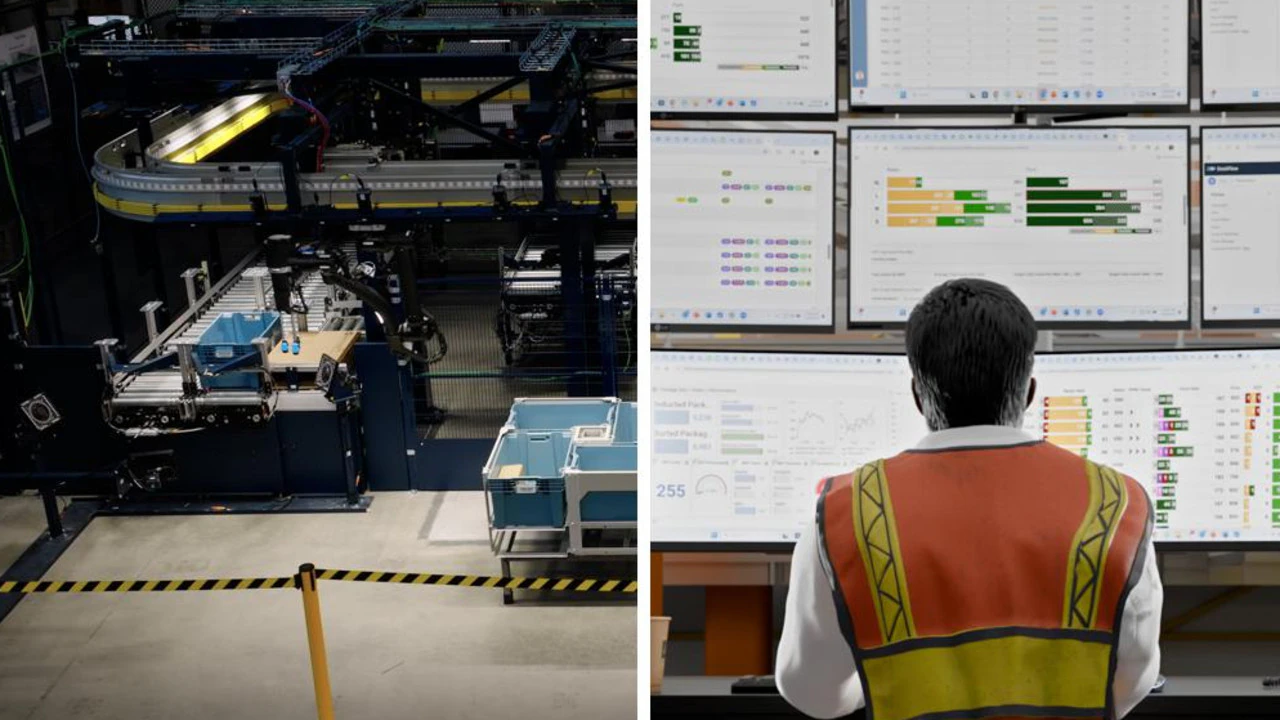Copyright indiatimes

Is Earth’s second moon visible to the naked eye? Here’s how you can see the 2025 PN7 Earth has gained an unusual companion in space, but it’s not a second moon in the traditional sense. The small asteroid 2025 PN7, officially recognised by NASA as a quasi-moon, has been attracting attention as Earth’s new temporary celestial partner.What is 2025 PN7?Unlike the familiar Moon, 2025 PN7 does not orbit Earth directly. Instead, it follows a path around the Sun that closely mirrors Earth’s orbit, making it appear as if it is trailing the planet. Astronomers term such objects quasi-moons, as they are gravitationally bound to a sun-centered orbit that temporarily aligns with Earth’s.Discovered in August 2025 by the University of Hawaii using the Pan-STARRS system at Haleakalā Observatory, 2025 PN7 measures between 18 and 36 meters across. Despite its size, NASA confirms it has been accompanying Earth for roughly 60 years and is expected to remain in a quasi-orbit until approximately 2083.Mike Shanahan, planetarium director at New Jersey’s Liberty Science Center, told TODAY.com, “PN7 is a tiny asteroid roughly 60 feet across that is temporarily traveling in a similar orbit to Earth’s orbit, getting as close as 186,000 miles. It’s been traveling alongside Earth for 60 years but was only discovered this August.”Can You See Earth’s Second Moon?For casual skywatchers, the answer is no. 2025 PN7 is far too small and distant, about 4 million kilometres from Earth, roughly 10 times farther than the Moon, to be visible to the naked eye. Observing it requires high-powered telescopes like those at Haleakalā Observatory.Live Events“It’s way too faint to be seen by regular telescopes, let alone the naked eye,” Shanahan added. While online chatter has imagined Earth having a second visible moon, akin to Pandora in the film Avatar, reality remains that our planet still has only one natural satellite, the Moon, 239,000 miles away.Quasi-Moons vs Mini-MoonsAsteroid 2025 PN7 is classified as a quasi-moon because it shares Earth’s orbit for decades. In contrast, mini-moons are smaller objects that orbit Earth for only a few months before moving on. Since the 1990s, astronomers have identified more than 100 asteroids in Earth-like orbits.Quasi-moons like 2025 PN7 can remain in a synchronized orbit with Earth for over 100 years. Its long-term presence offers scientists a unique opportunity to study near-Earth objects and their orbital dynamics without posing any threat.No Threat to EarthDespite its proximity, 2025 PN7 is considered harmless. “It’s so small and distant that it poses no threat,” Shanahan confirmed. The asteroid’s trajectory keeps it safely away from Earth, and its primary interest lies in astronomy and orbital studies.FAQsIs 2025 PN7 a real second moon? No. 2025 PN7 is a quasi-moon, meaning it orbits the Sun in a path similar to Earth’s, giving the appearance of a companion moon.Can I see 2025 PN7 in the sky? Not with the naked eye. Only powerful telescopes, like those at Haleakalā Observatory, can detect it.Add as a Reliable and Trusted News Source Add Now! (You can now subscribe to our Economic Times WhatsApp channel) Read More News onEarth second moonEarth's second moon2025 PN7 (Catch all the US News, UK News, Canada News, International Breaking News Events, and Latest News Updates on The Economic Times.) Download The Economic Times News App to get Daily International News Updates....moreless (You can now subscribe to our Economic Times WhatsApp channel)Read More News onEarth second moonEarth's second moon2025 PN7(Catch all the US News, UK News, Canada News, International Breaking News Events, and Latest News Updates on The Economic Times.) Download The Economic Times News App to get Daily International News Updates....moreless Explore More Stories123



